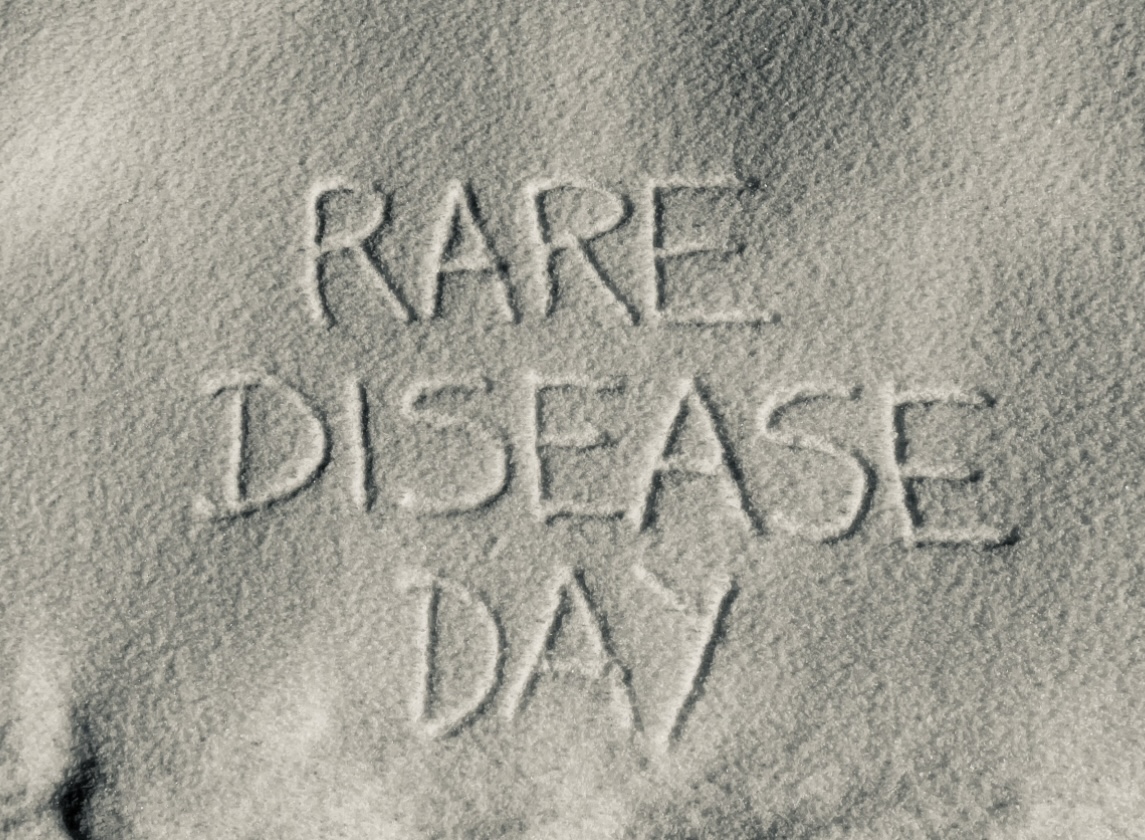Rare Disease Day, observed annually on the last day of February, was celebrated globally last week to raise awareness for the 300 million people living with rare diseases. With over 7,000 known rare conditions, many of which have no cure or effective treatment, this day highlights the challenges faced by patients, caregivers, and researchers. It serves as a call to action for increased funding, earlier diagnoses, and improved access to specialized care, fostering a sense of solidarity among those affected and driving progress in medical research and advocacy.
TARLOV CYSTS RARE DISEASE
One such rare disease is Tarlov cysts, also known as perineural cysts, which are fluid-filled sacs that form along the nerve roots of the spine, most commonly in the sacral region. While some individuals may remain asymptomatic, others experience debilitating pain, nerve damage, and a range of neurological symptoms, including weakness, numbness, and bladder or bowel dysfunction. Due to its rarity and lack of awareness, many patients struggle to receive an accurate diagnosis and effective treatment. Research on Tarlov Cysts remains limited, emphasizing the need for greater recognition, funding, and specialized medical care to improve outcomes for those affected.
MY STORY
My journey with Tarlov cysts began in September 2020 when I was diagnosed after starting to have unbearable back pain overnight. For three years, I was severely—and later partially—limited in my daily activities, uncertain if I would ever regain my quality of life. I lived firsthand the fear that this condition might define my future, along with the frustration of often feeling I knew more about my illness than the doctors. Many dismissed my symptoms, insisting that Tarlov cysts were always asymptomatic, and no one ever mentioned that recovery without surgery was even a possibility. Five years later, I can say I’m recovered, but the road was long, isolating, and filled with unnecessary obstacles that so many others still face today.
THE IMPORTANCE OF PATIENTS’ INSIGHTS IN RARE DISEASE RESEARCH
I recovered—slowly—despite not undergoing surgery, proving that recovery without surgical intervention is at least a possibility. Through my blog, I want to raise awareness of this option for others suffering from Tarlov cysts, offering hope to those who may feel trapped by their diagnosis. This is why research on Tarlov cysts, and rare diseases in general, is so important. Is my case 1 in 100? 1 in 1,000? 1 in 10,000? Could the steps I took to heal also work for others? If any researchers studying Tarlov cysts come across this post and would like to connect, please leave a note in the comments or send me an email. As patients, we have invaluable firsthand experiences that could help shape patient-centric research—ensuring that our cases, treatments, and long-term outcomes contribute to a broader understanding of this condition.
If you suffer from Tarlov cysts, what is your unique story? What has your journey been like, and what has helped you along the way? Every experience adds to the collective understanding of this condition, and your insights could make a difference for someone else going through the same struggles. If you feel comfortable, I invite you to share your story in the comments—whether it’s about your symptoms, treatments, challenges, or victories. Together, we can raise awareness, support one another, and push for more research and recognition of Tarlov cysts.

